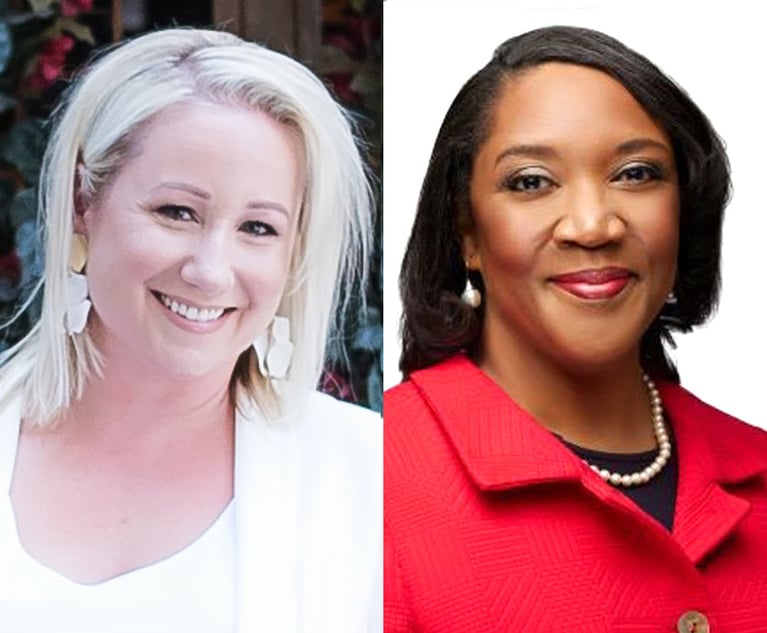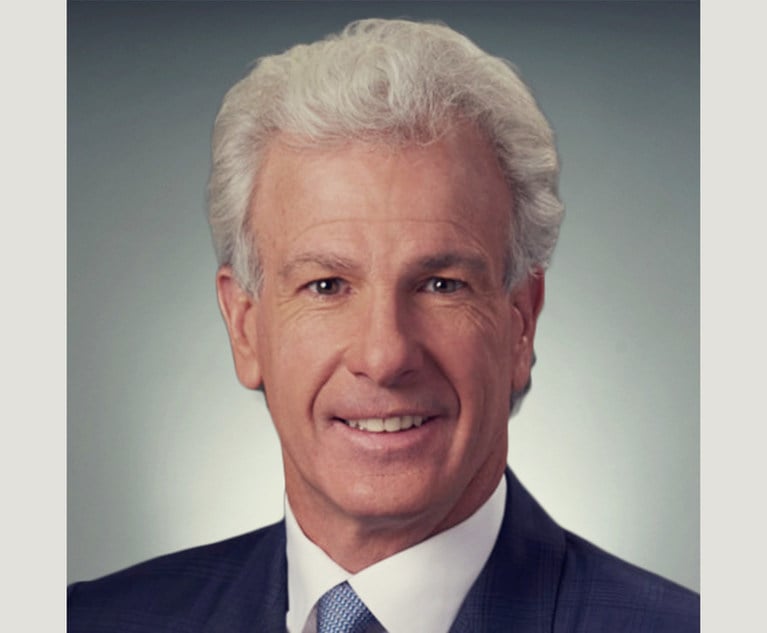In the last year, we have seen many attacks on DEI efforts within educational institutions, corporate America, and beyond. This resistance is nothing new as there has always been pushback when trying to make room at the table for everyone. In these last 12 months, we have seen a significant rise in attempts to eliminate DEI with attacks on affirmative action, lawsuits aimed at diversity initiatives within corporations and law firms, and even some states removing elimination of bias CLE requirements. While opponents of DEI focus mainly on race and gender, as has been discussed before in “More Than Meets the Eye: Tackling Deep Level Diversity in the Law,” true diversity runs far deeper. This still-evolving diversity challenge provides our profession with something of a second bite at the apple. We continue to lag far behind other professions when it comes to making lasting progress on inclusion, diversity, equity, and access issues related to race, gender, LGBTQ+, and disability. Just as we remain hopeful that our profession will strengthen and broaden its commitment to true diversity in these areas, we are heartened by the opportunity for our profession to become a leader in workplace neuroinclusion efforts. If we as a profession are thoughtful and intentional in our acceptance of our neurodiverse colleagues, we can harness its benefits in our service to our clients, our profession, and our communities. As we approach Neurodiversity Celebration Week, which takes place March 18-24, it is a great time to take stock of your current neurodiversity efforts, assess what specific actions you can take to become more inclusive, and become a change agent.
Understanding Neurodiversity
Neurodivergent refers to a range of brain-based differences in thinking, learning, and behaving. Historically, people with these differences were considered deficient, impaired, or somehow less than “normal” (or neurotypical) people. In truth, these differences are normal variations in the human brain. We all recognize natural biological variations when it comes to other characteristics like height. For example, while more than 95% of men in the United States are 6’2’’ or shorter, the average height of a professional basketball player is 6’6”, yet we do not view their height as a deficiency or impairment. It is estimated that 15-20% of the population have neurodiverse conditions, including Autism Spectrum Disorder, Dyslexia, Attention Deficit Hyperactivity Disorder, traumatic brain injuries, and various mental health conditions (e.g., major depressive disorder, obsessive-compulsive disorder and anxiety).


 Jessica L. Mazzeo of Griesing Mazzeo Law and Lovita Tandy of Lawrence & Bundy. Courtesy photos
Jessica L. Mazzeo of Griesing Mazzeo Law and Lovita Tandy of Lawrence & Bundy. Courtesy photos




